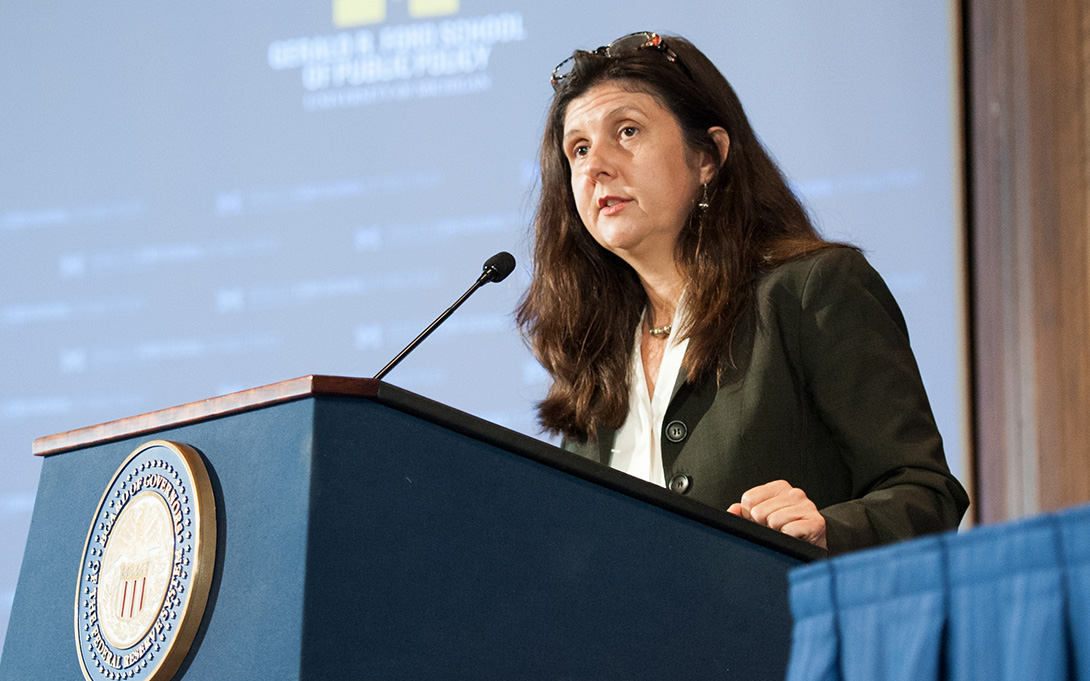
The United States is the only advanced economy in which workers are not guaranteed paid time off.
In a commentary for Brookings, Betsey Stevenson proposes a federal earned paid time off program that would cover all workers, including part-time workers and independent contractors. Earned paid time off would accrue with time worked and could be used for any type of leave, for example, sick leave, personal time, caregiving, and vacation. Read the full proposal.
The proposal
Earned time off is simple. It uses the time someone has spent working as the determinant of their eligibility, and paid time off is only given after it has been earned.
Earned paid time off sets the baseline for all jurisdictions
Like with the federal minimum wage, the policy should preempt state policies that set a lower standard for paid time off while allowing for city or state policies that require more generous paid leave.
Earned paid time off works for all workers
All employers with one or more employees or independent contractors would be covered. App-based gig workers could meet the consistent work requirements and be compensated based on their time on the app and average earnings. Non-tipped workers should be paid their full wage during paid time off. Tipped workers should be paid their normal wage or their full applicable minimum wage, whichever is higher.
Earned paid time off is accrued hourly
Stevenson proposes that earned time off should accrue at a rate of one hour per 50 hours worked (two percent of hours worked per week) in the first two years of the policy, increasing to one hour per 25 hours worked (four percent of hours worked per week) after two years. In the first two years, workers must be able to accrue up to 40 hours and after two years, 80 hours.
Earned paid time off is available for use quickly
Stevenson proposes that employers must make leave available once an employee has accrued at least four hours of leave. Employers who advance leave at the start of a 12-month period do not need to roll leave over. Those who do not advance leave must roll accrued leave for a minimum of 12 months following its accrual.
Earned paid time off can be used for anything
Workers would control how they use this time off, meaning that they could use it for vacation, personal time, caregiving, or personal medical needs. Employees should be able to use leave in increments of two-hour blocks or less, allowing ETO to be used for teacher’s meetings and doctor’s appointments in addition to more extended leave.
Earned paid time off works with notice and without retaliation
Employers may not dictate when workers take their leave and may not retaliate by taking any adverse action against an employee who takes earned time off. Employers may request that employees give notice as soon as possible, ideally well in advance, but they may not require any documentation as to the purpose of the usage of the leave. Employees must give a minimum of two weeks’ notice to employers when an absence is forecastable.
